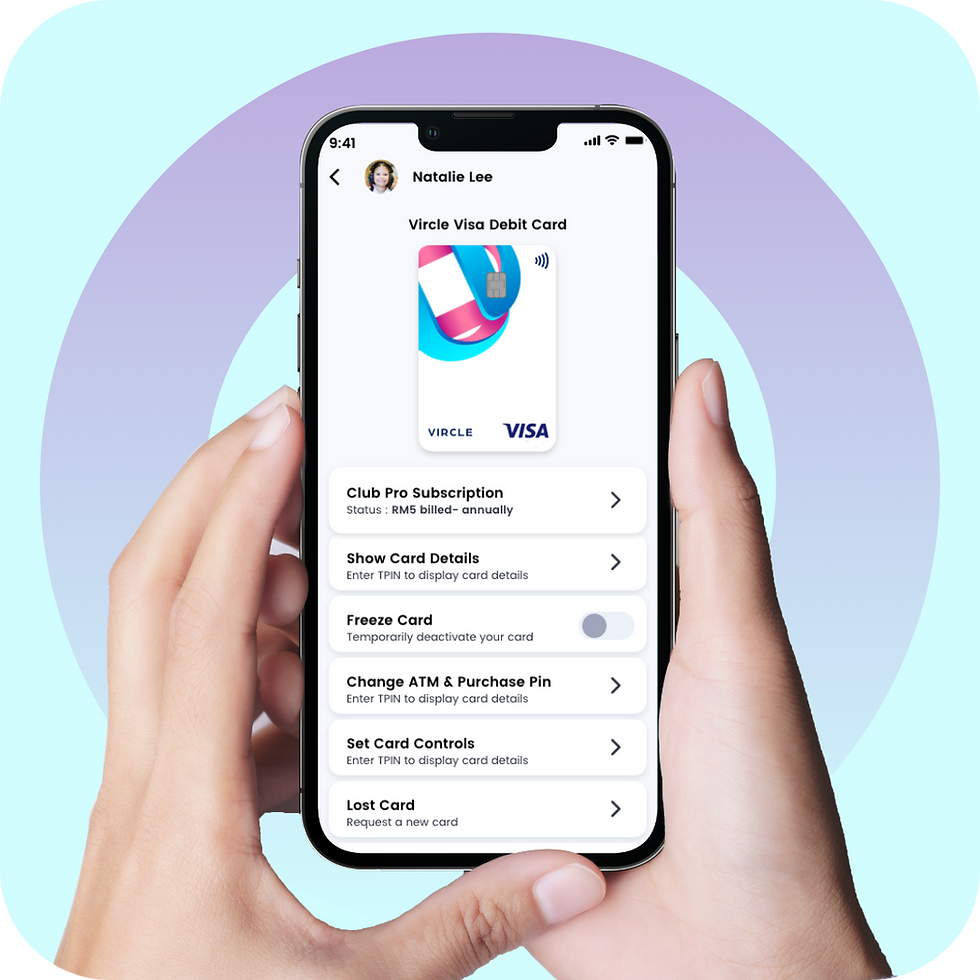COVID-19 - An opportunity to escape poverty
- Vircle
- May 11, 2020
- 3 min read
The COVID-19 pandemic is causing financial issues for almost everyone. But it is hurting one community more than others. A group who are always facing cash-flow issues are those at the bottom of the income ladder.
Take, for example, Malaysian families that earn less than RM 2,000 per month. According to Khazanah Research Institute, in normal times these families have only RM 76 of disposable income per month, which means they will have no savings to tide them over during the current COVID-19 crisis. Making life very difficult indeed.

Figure 1: Income expenditure of families earning less than RM2,000 in Malaysia
The reality of the B40 group (bottom 40% of income earners) is that they have next to no savings to tide them over on a rainy day such as the current COVID-19 crisis.
Trapped in Poverty
Even in normal times, for families at the lowest ends of society, poverty is a vicious cycle hard to break out from. It simply means poverty begets poverty, trapping generations of the same family unless an external intervention is applied to break the cycle.

Figure 2: The Poverty Cycle
Not having enough money has a significant impact on these families, for example:
• 1 in 4 kids are undernourished, obese or overweight due to lack of nutrients and good food intake;
• Many children don’t get 3 meals a day, food quality and nutrition balance is not the highest priority;
• Lack of food impacts kids interest to go to school, so they do not the education which would help them earn a good salary as adults;
To break the poverty cycle, intervention is required and there are NGO’s on the ground trying to do just this.
The Giving Gap
Many non-government organisations (NGO)s are trying to help the lowest income families, but are facing challenges themselves. The core of their main challenge can be described as The Giving Gap.

Figure 3: The Giving Gap
The Giving Gap was a phrase coined by Vircle and refers to the gap between Givers of donations and their intended beneficiaries. This gap leads to leakages and use of donations for purposes other than providing benefits to the person in need.
Because of the Giving Gap, potential donors are reluctant to give money to charities and NGO’s – they know that much of the money given will not end up where it is really required.
Lack of trust in giving has meant:
• Insufficient funds to totally cover the small B20 community.
• Insufficient funds to expand the project to a larger share of B20 and B40 across Malaysia.
• Over 80% of NGO effort and time spent fundraising.
MMICare and Project Kapar
One NGO that is trying to help poor families escape poverty in Malaysia is MMICare – an established NGO comprising women volunteers. One of their initiatives is Project Kapar, which is aimed at enabling a small B20 community in Malaysia to escape from the poverty trap.
They faced the challenge of the Giving Gap, which meant they spent a disproportionate amount of their time on fundraising.
Another challenge MMICare faced was the fact that they could not simply give cash to the B20 families. The conditions were such that money provided would be used for alcohol or other non-essential and harmful goods.
So giving food provisions was better than giving cash. Food security is an essential foundation for families, while proper nutrition impacts academic achievements & child growth.
Connecting donors to beneficiaries
Vircle stepped in to assist MMICare with Project Kapar. Vircle provided their state-of-the-art fintech app to help connect donors directly to beneficiaries, increasing the level of trust in where their donations would flow.
The Vircle App made this possible by enabling MMICare to create an ecosystem in which 100% of what was donated will actually be received by the intended beneficiary.
In this ecosystem, donors were able to have full control of what they gave and could select who they gave to, what they gave (whether money or items), where and when the benefits were to be picked up.
Escaping Poverty
A key aspect that Vircle automated and digitised was the ability for MMICare to link the benefits they provided to the condition that the families children attended both school and after-school tuition and dinners.

Figure 5: Vircle Helps get kids to school
The results were impressive. The percentage of school children attending schools rocketed from 15% to 100%, and the cost of raising funds went down from 25% to 12%.
Between July 2019 and November 2019, the programmes has benefitted a community of over 100 through 3 programs and impacted countless lives. As a result, the NGO could spend more time doing what they wanted to do - helping poor families break the cycle of poverty.




Comments